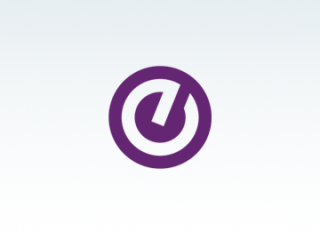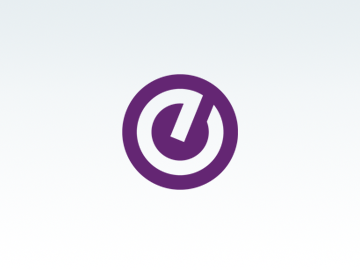The conversation you should be having about predictive analytics

Key takeaways
- To improve completion rates, colleges need to dig deeper, pinpoint problems, and develop targeted solutions
- Overcoming the status quo requires a multidisciplinary approach
- Colleges should engage stakeholders early and often
Notice how Netflix, Amazon, and other retailers are full of suggestions about “other products you may like?” Whether you find this helpful or irritating, you’re experiencing predictive analytics in action.
The idea is that your past preferences—and those of others that share your demographic profile—can be used to steer you more quickly and effectively toward things that will improve your life. Does it work?
Research confirms the link between past and future behavior of both individuals and groups. But only you can confirm whether discovering more great movies is life changing.
The potential for impact becomes more profound when we apply predictive analytics to something like improving student outcomes. That’s why, as technology improves and data proliferates, higher education has begun exploring, testing, and achieving promising early results using this approach.
Why do predictive analytics matter to higher education?
Because retention and graduation rates remain unacceptably low, and we need better strategies to reverse this trend.
Failure to graduate is costly for students, both in sunk tuition and in the lost income a postsecondary degree usually affords them. It’s also costly for institutions whose reputations, enrolment, and funding are tied to student success.
In a world of data ubiquity, we have a moral and financial obligation to dig deeper, pinpoint problems, develop targeted solutions, and help more students succeed.
A small handful of colleges and universities are applying predictive analytics and demonstrating impressive results. This 2016 report from New America describes how Georgia State University analysed two and a half million grades earned by students over ten years to create a list of factors that predict which students are less likely to graduate. The university then used the data to transform its advising system, close achievement gaps, and improve graduation rates dramatically.
Wider adoption of predictive analytics across higher education is slow—due to a number of barriers, both technological and cultural. But these barriers are by no means insurmountable.
How do institutions begin removing barriers to the use of predictive analytics?
When it comes to technical barriers, look to the cloud.
Fortunately, institutions can begin using more sophisticated analytics without completely transforming legacy systems. I urge clients to consider cloud-based analytics tools that they can implement and operationalise more quickly.
Cloud data is easier to integrate, less expensive to maintain, and updated in real time. The cloud offers an environment where you can amass data that currently lives in silos more quickly and manage it with greater flexibility.
Look for self-service solutions that make predictive analytics more accessible to users, as well as pre-built queries and reports that guide you toward the insights you need.
In a recent Q&A with Ellucian, Becker College described how it’s building dynamic, cloud-based dashboards that display the key data elements that drive critical business decisions. The college is currently massaging historical data, which is time-consuming, but the cloud platform makes integrating data from various systems easier.
Overcoming cultural barriers requires a multidisciplinary approach
Organisational silos are frequently cited as a top barrier to implementing predictive analytics. Many stakeholders are reluctant to share data, wary of misuse, or unconvinced of the value.
That’s why pioneers in predictive analytics stress the importance of building multidisciplinary teams and creating a culture of integration across the institution.
For higher education, ethical concerns add another challenge. For example, could telling students they’re at risk or predisposed to take a certain path become a self-fulfilling prophecy?
Addressing the careful, ethical use of data to shape student lives is a critical and ongoing discussion. But given the incredible potential to improve student success, institutions should not hesitate to move forward on this front—again, with a multidisciplinary team committed to providing students with a range of options and resources for acting on data.
Institutions should also put strong policies in place to ensure the privacy and security of both institutional data and analytic findings. This blog on governance goes into further detail on managing data across campus and in the cloud.
Predictive analytics come with both promise and peril. Far more of the former if you start the conversation off right and engage stakeholders early and often. Don’t separate the technical from the cultural, because they are interconnected.
The conversation you should be having? How to bring technology and people together to break down silos, turn data into insights, and use insights responsibly to help students succeed.
Catch up on the series:
- How do students expect institutions to use their data?
- We have big data. It’s time for big insights.
- The cloud can transform your ability to use data - But you need some ground rules
- Why analytics comes down to people
- What does it take to build an analytics-driven institution?
- What keeps higher ed from realising the promise of big data?
If you have additional strategies or experiences to share around building an analytics-driven culture, please leave a Comment below.



